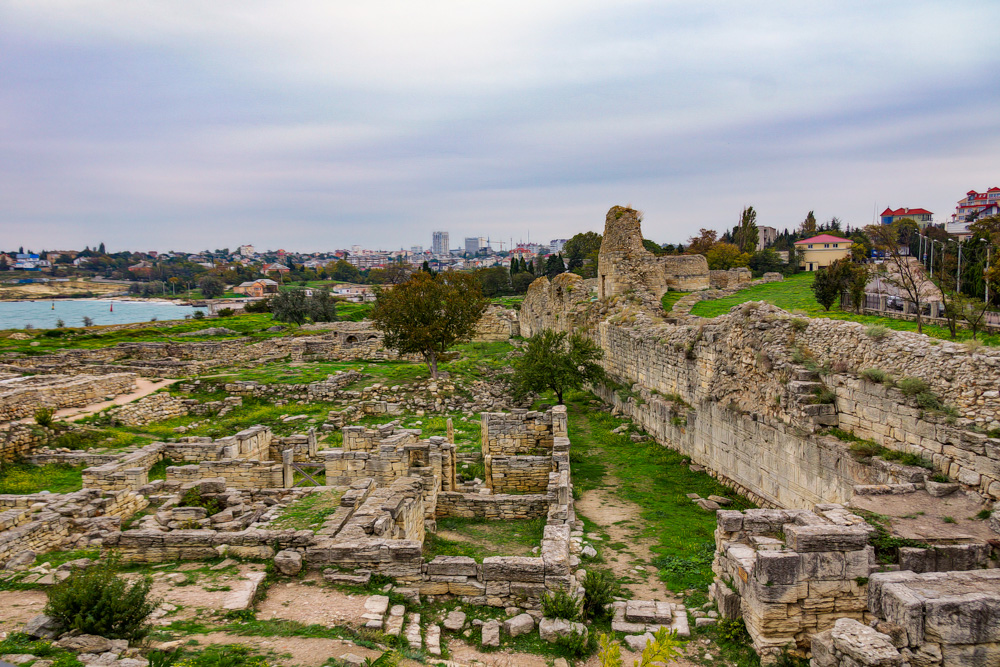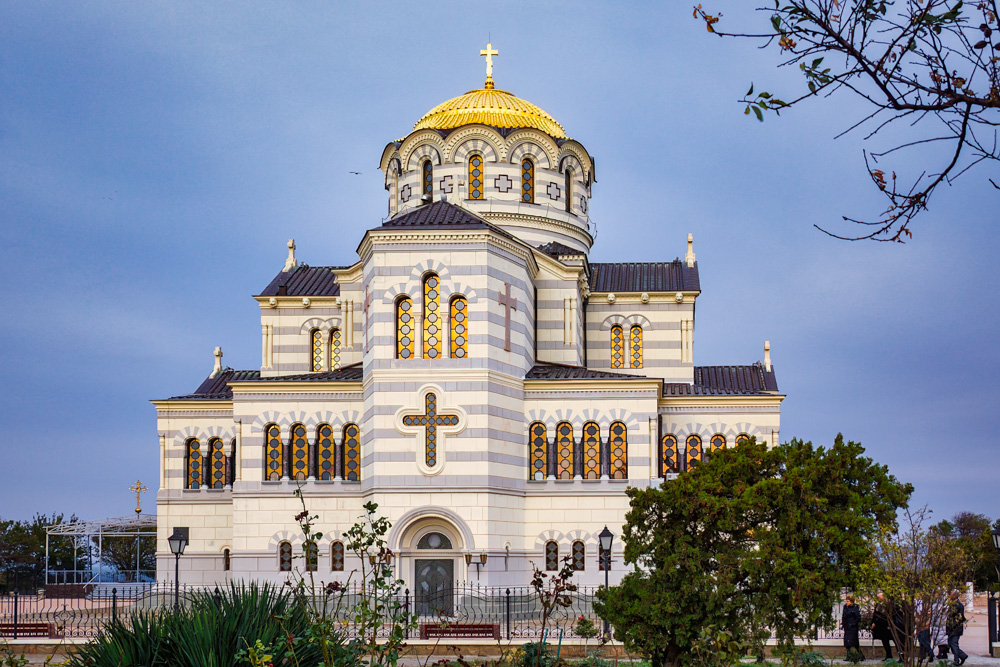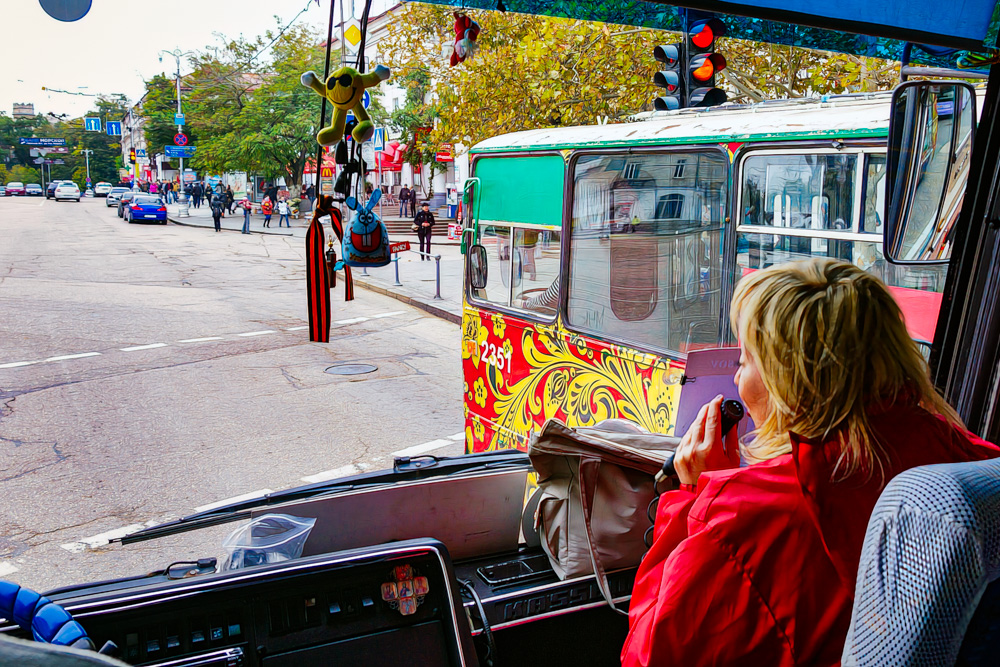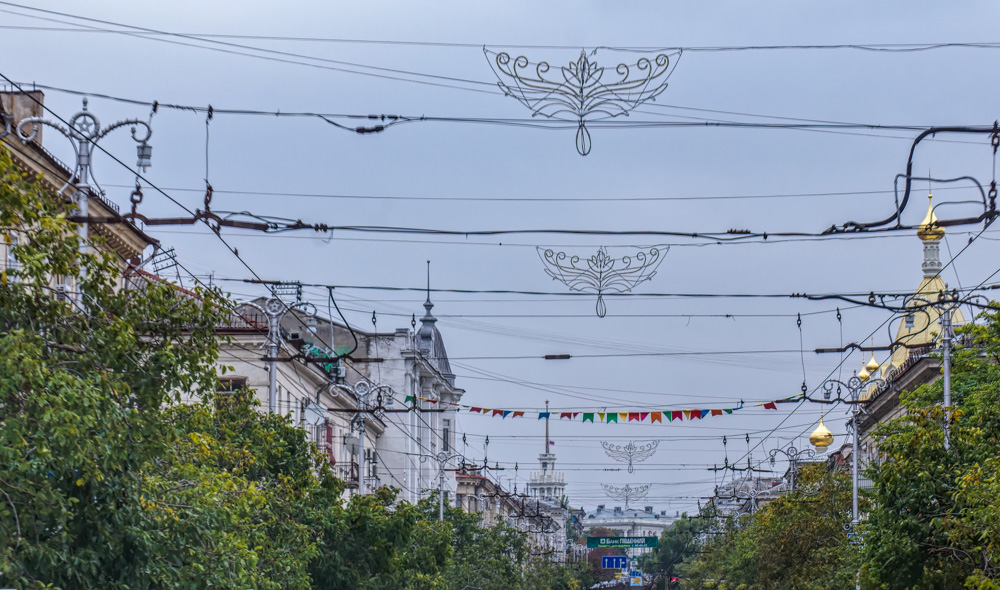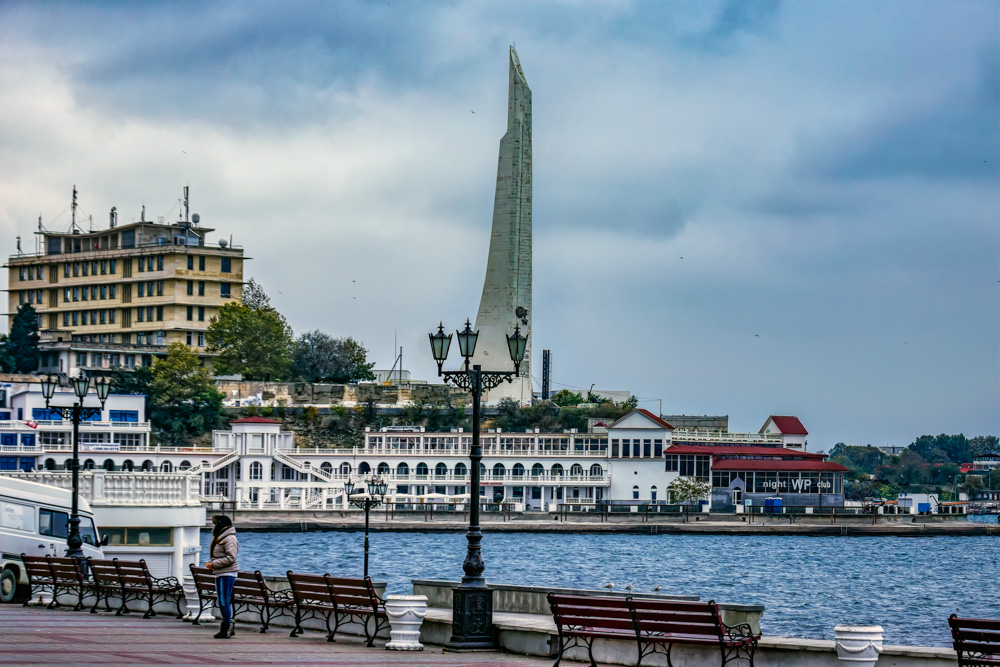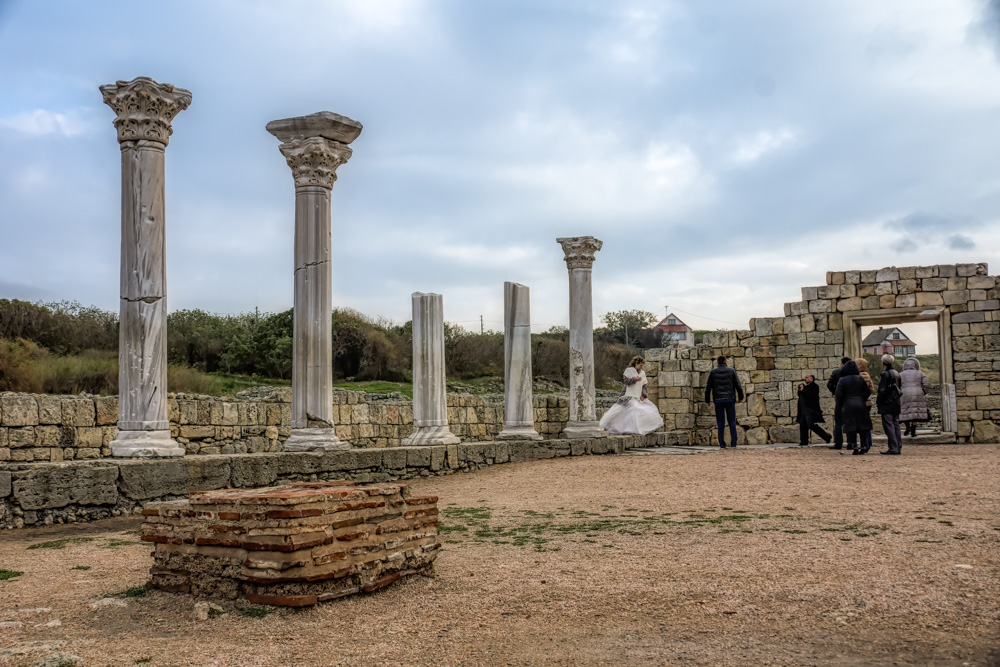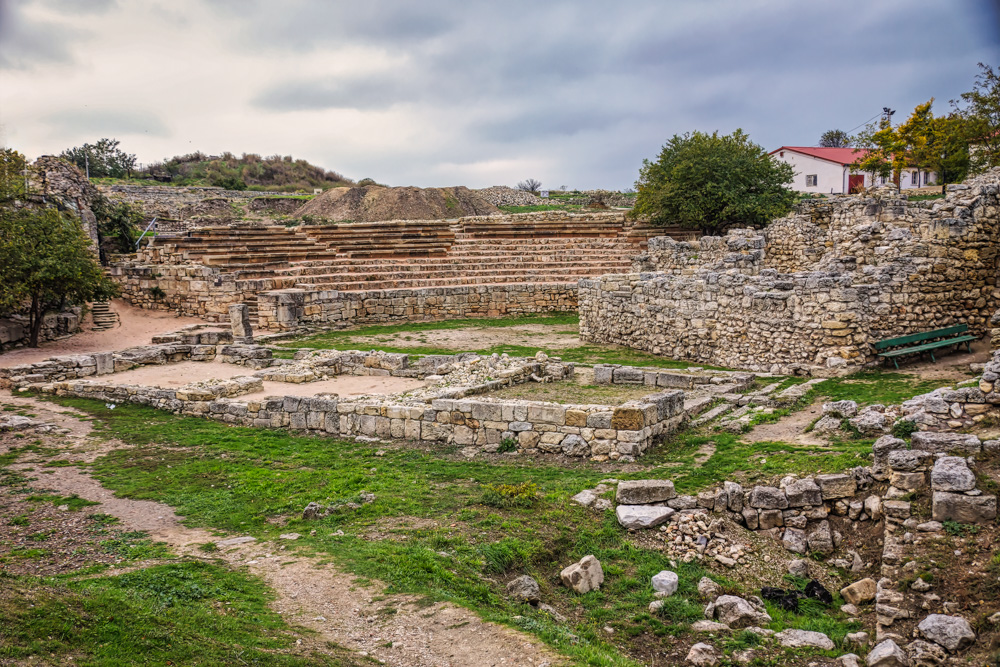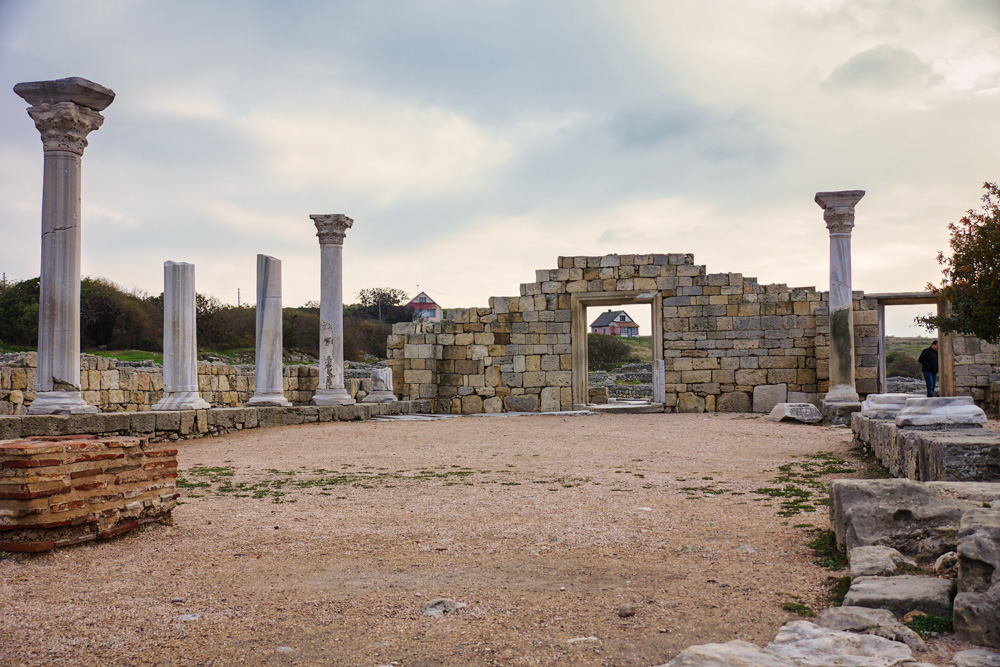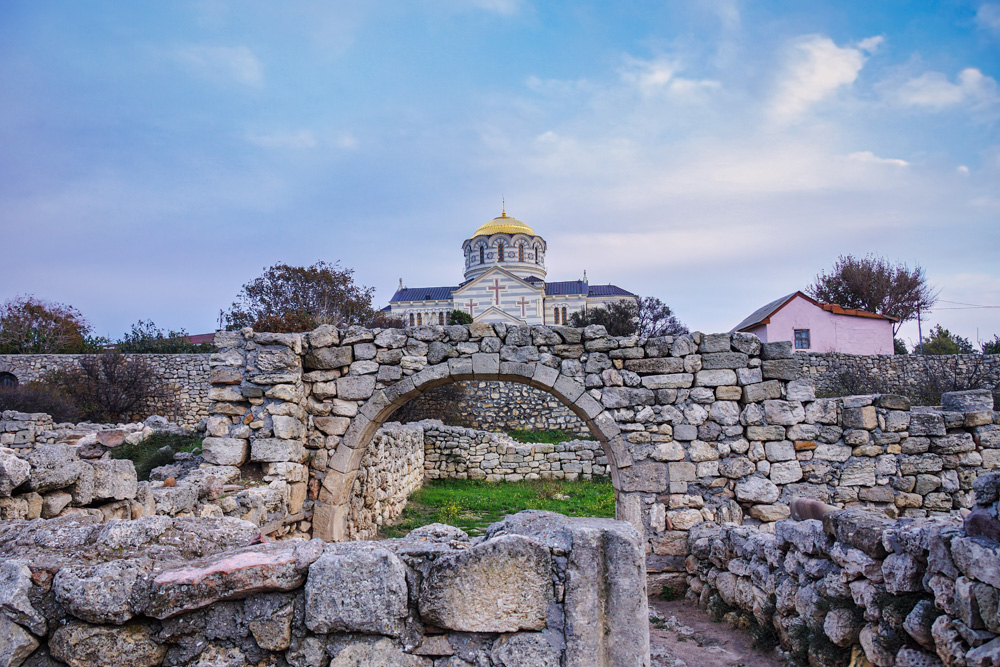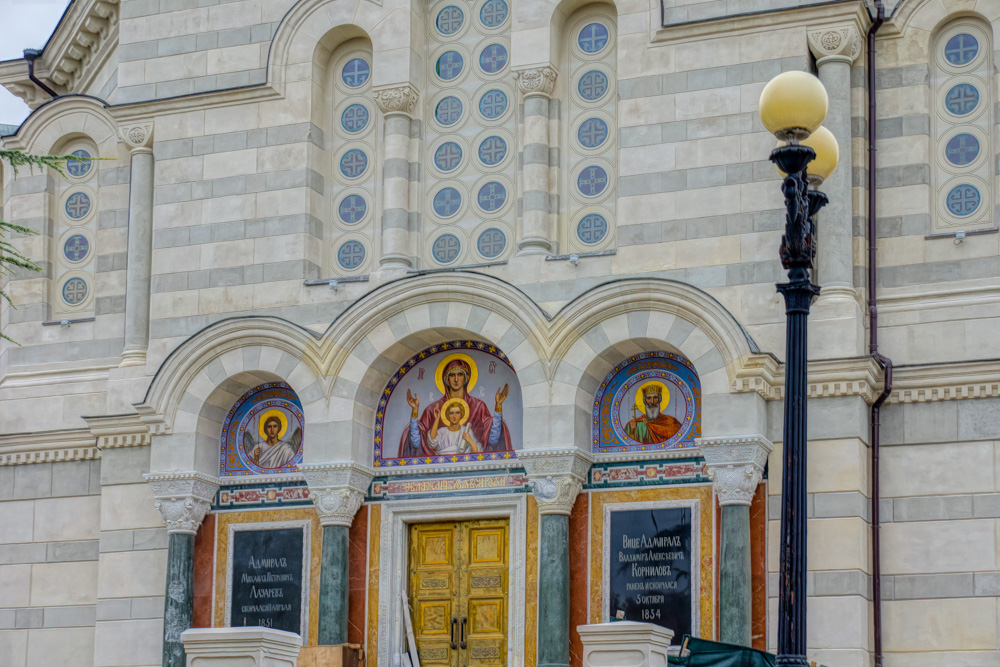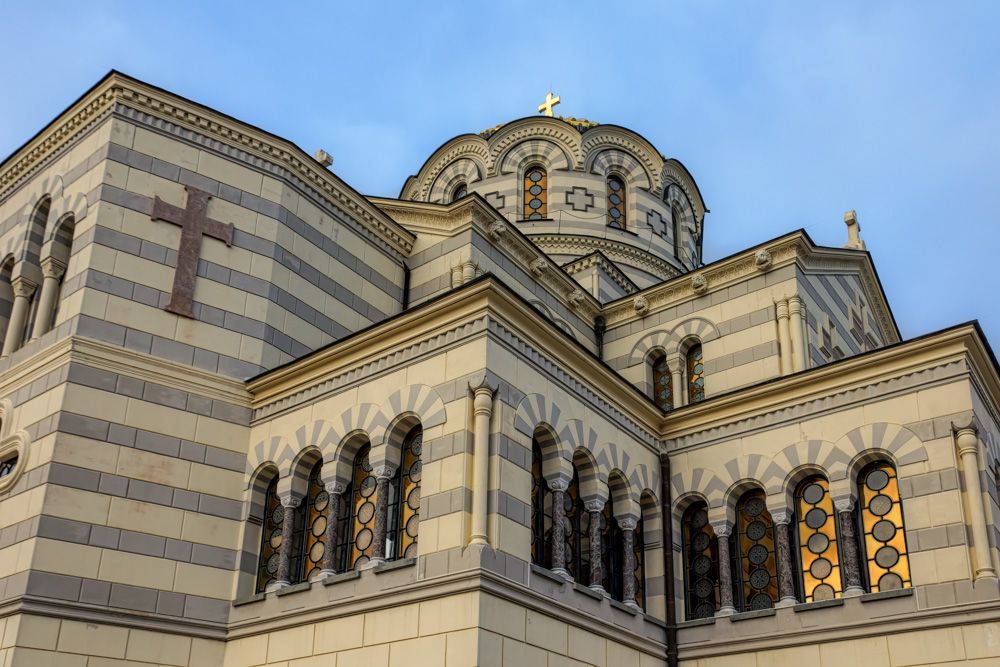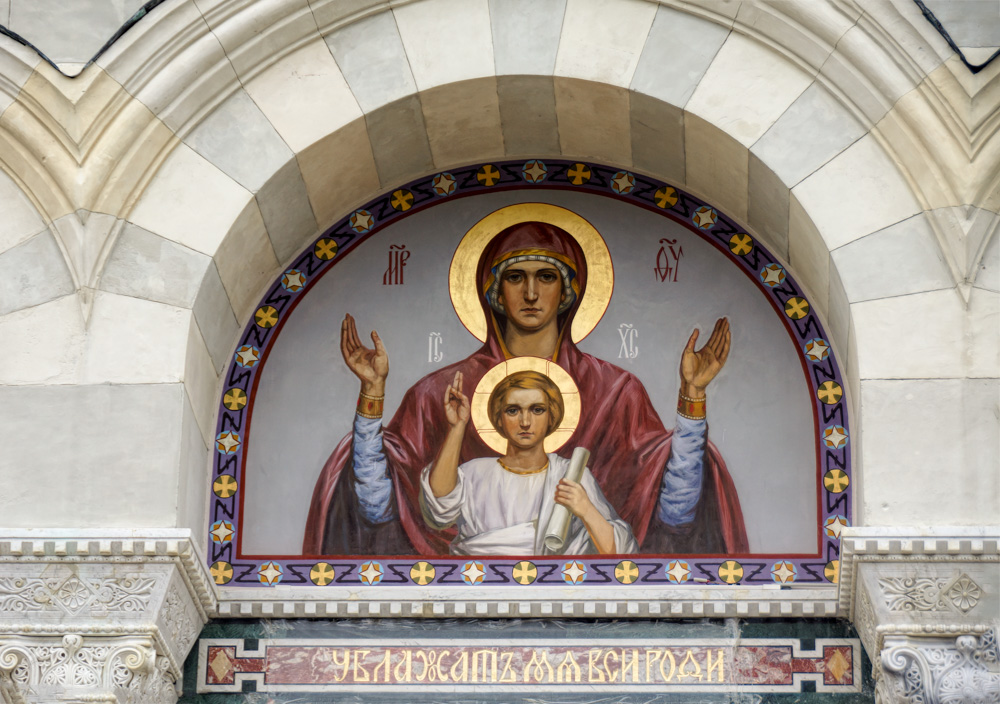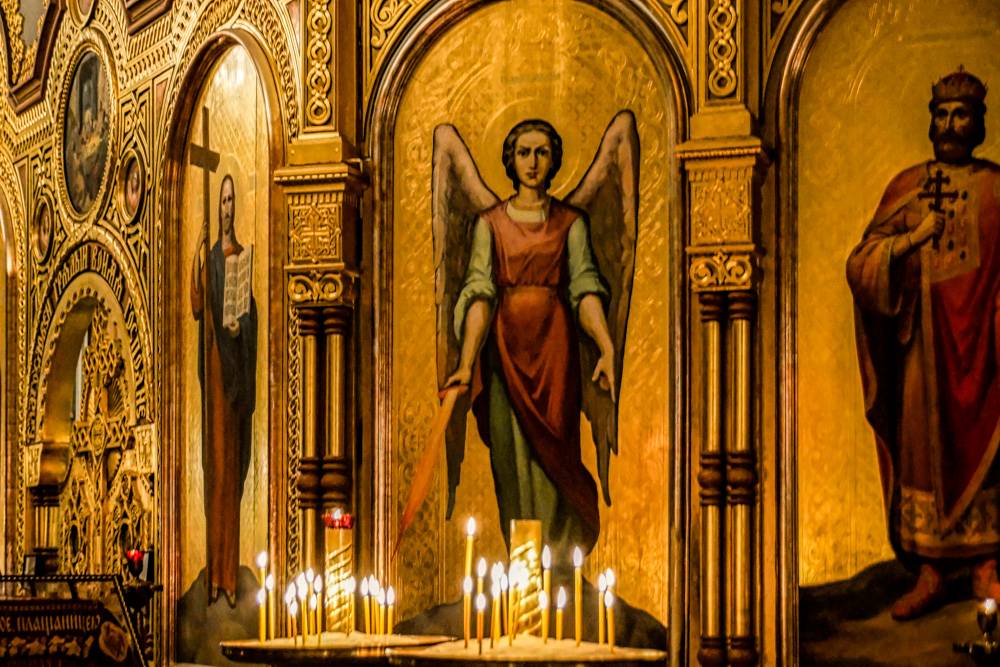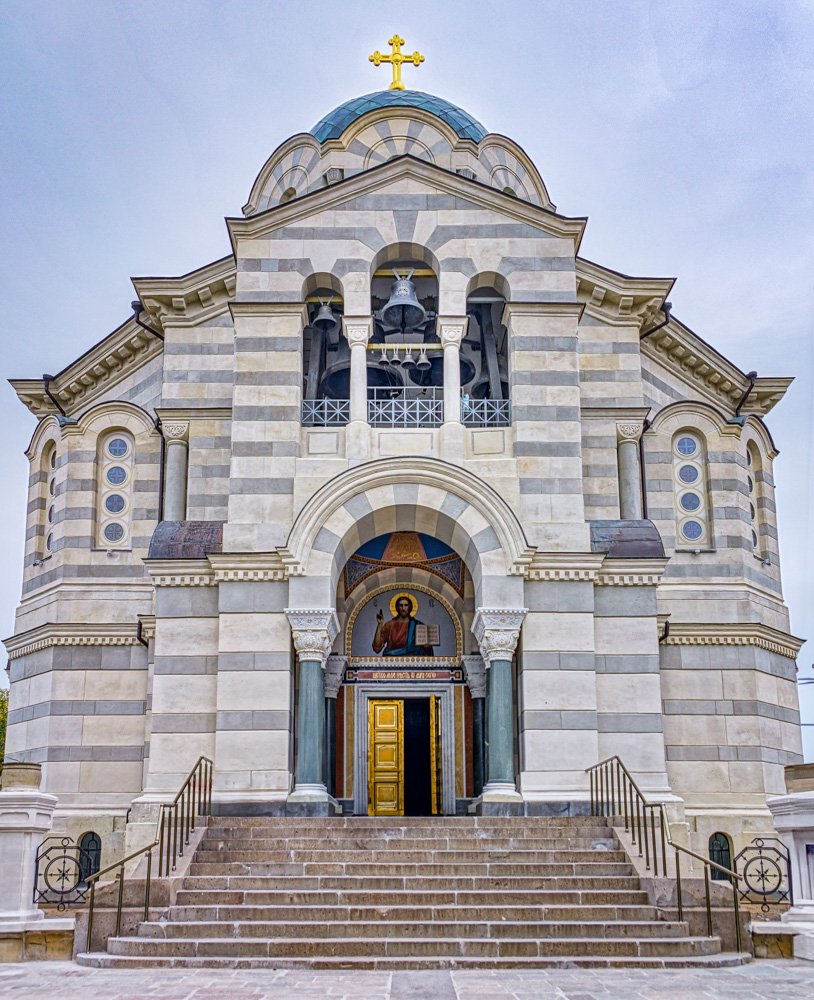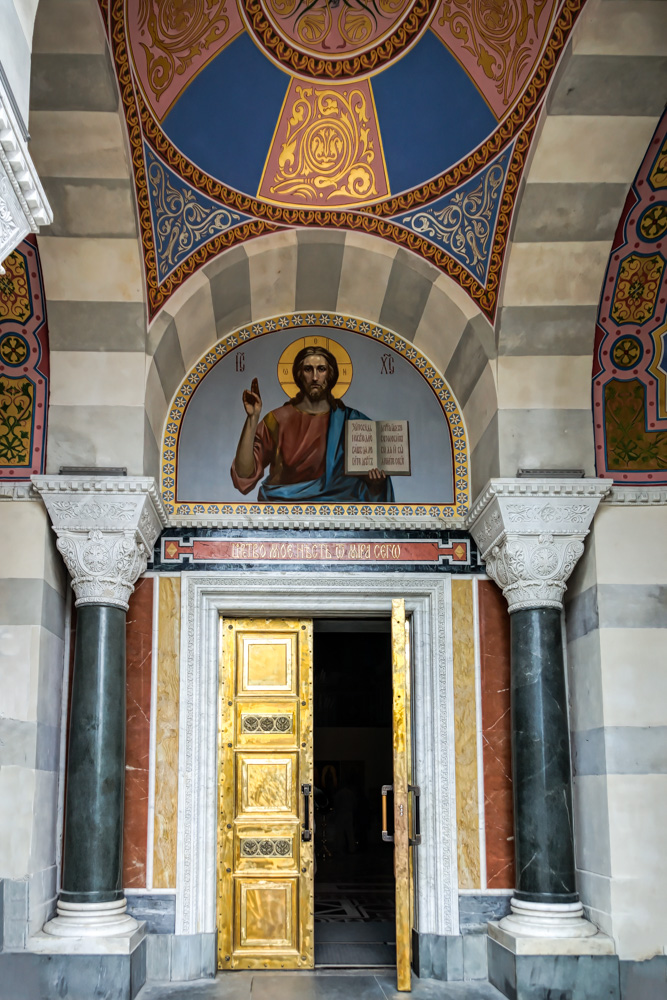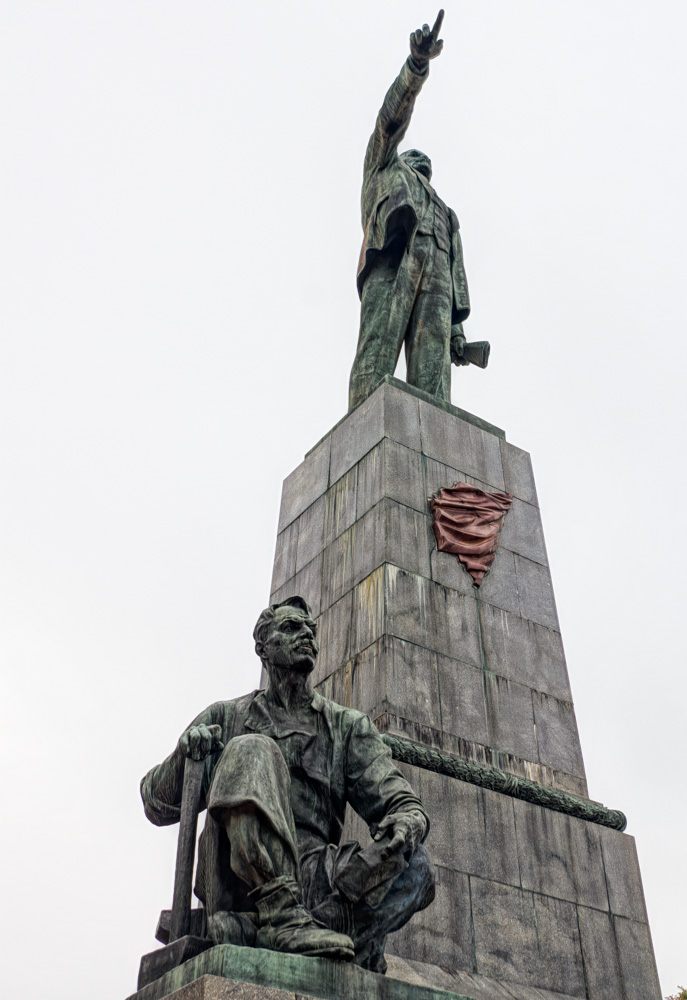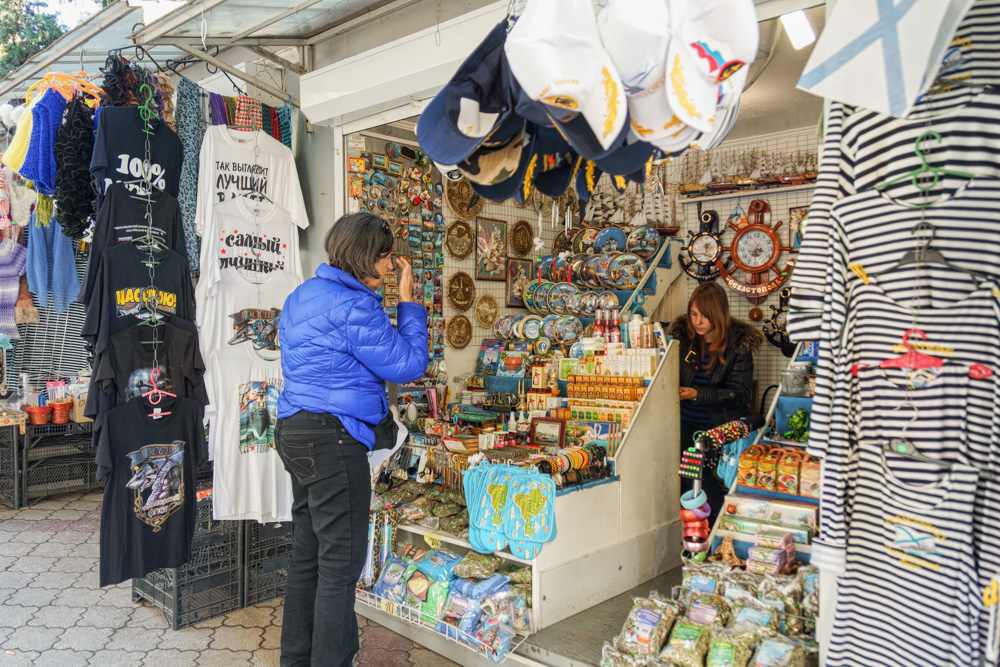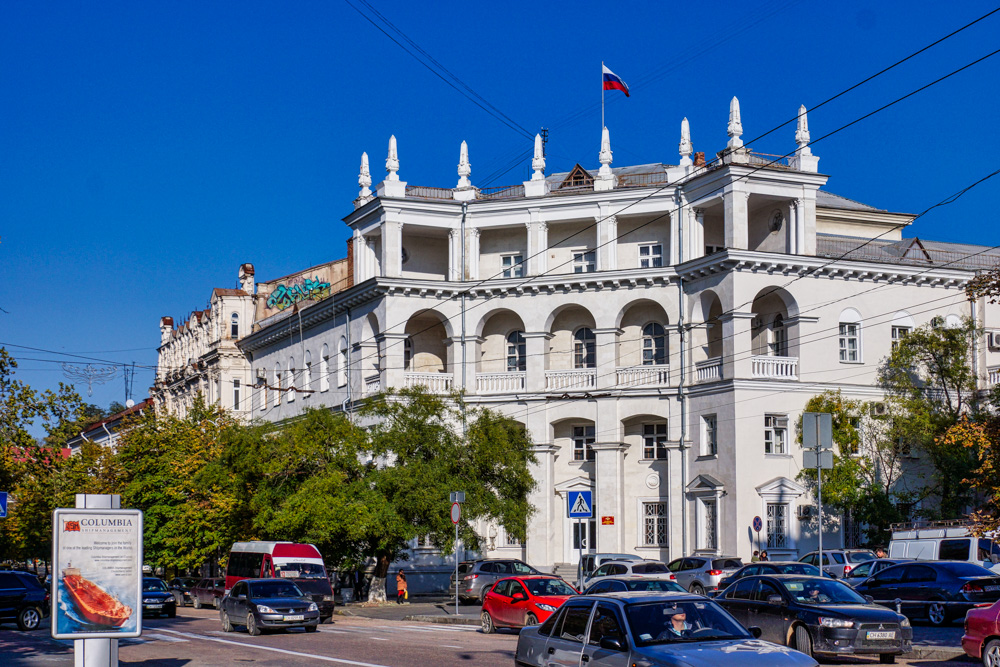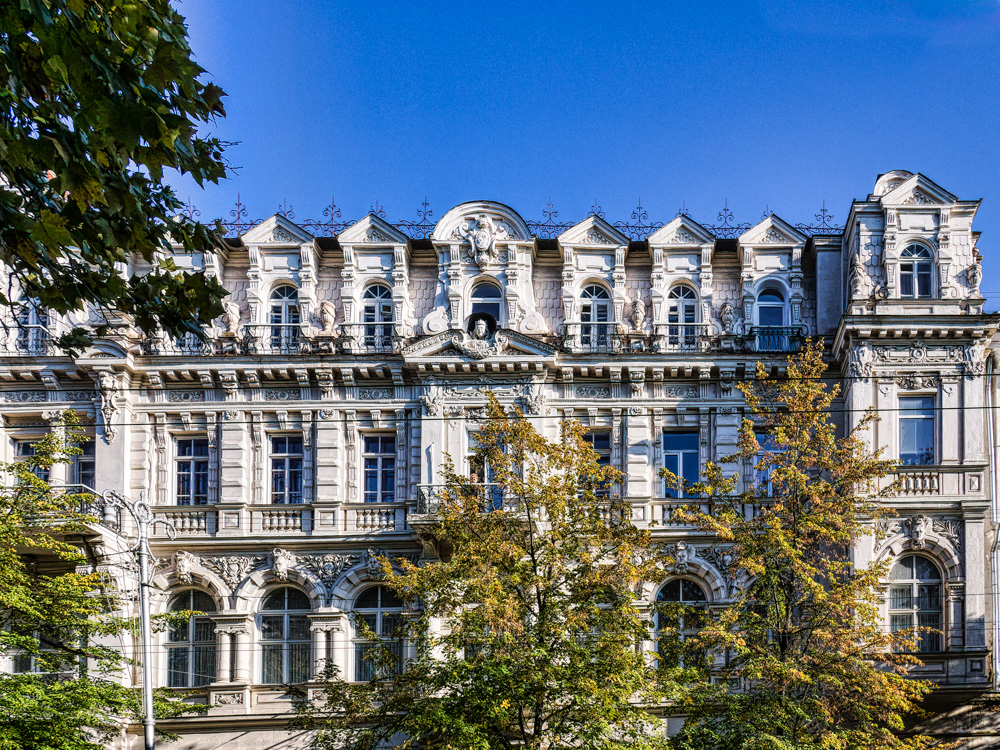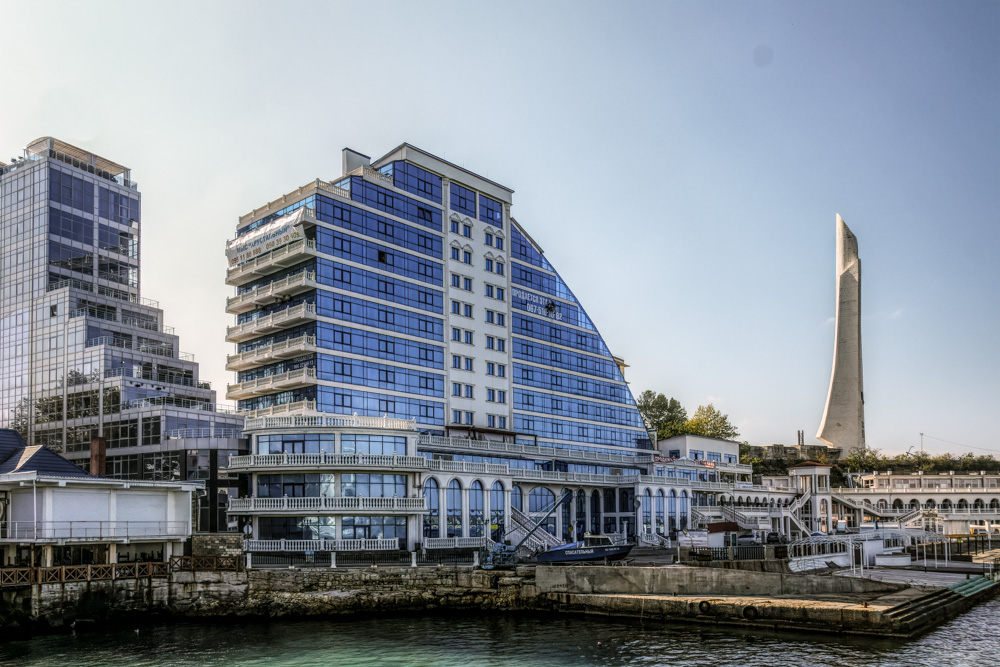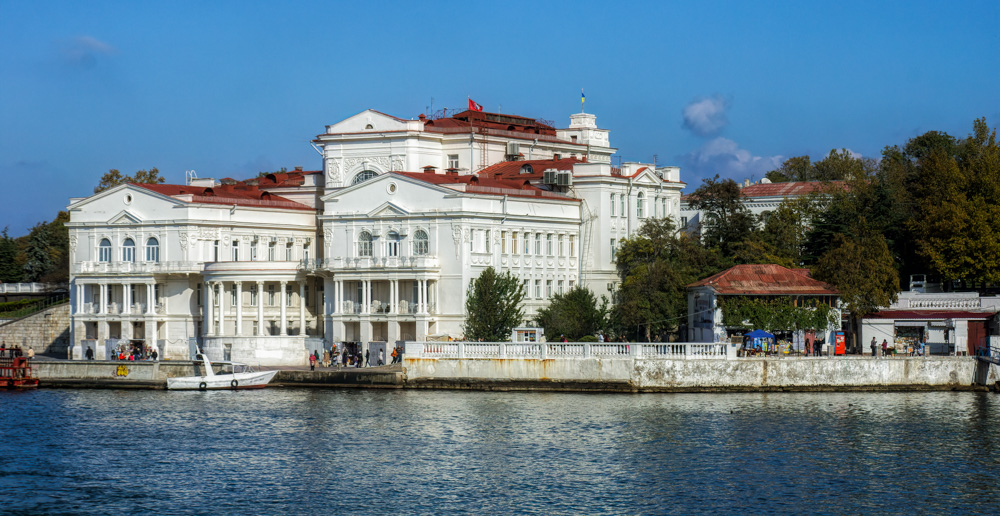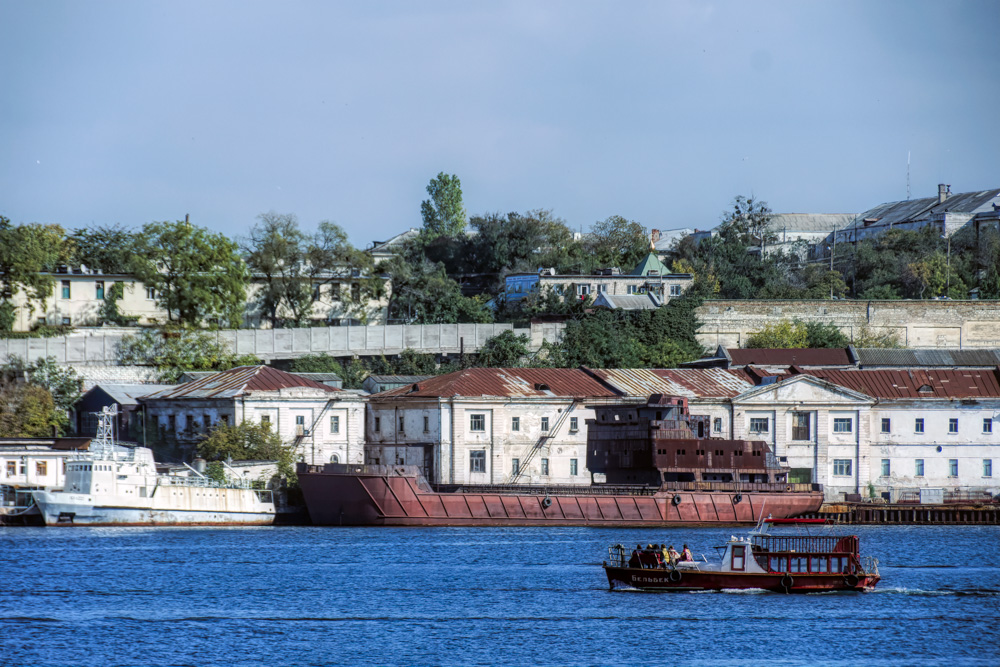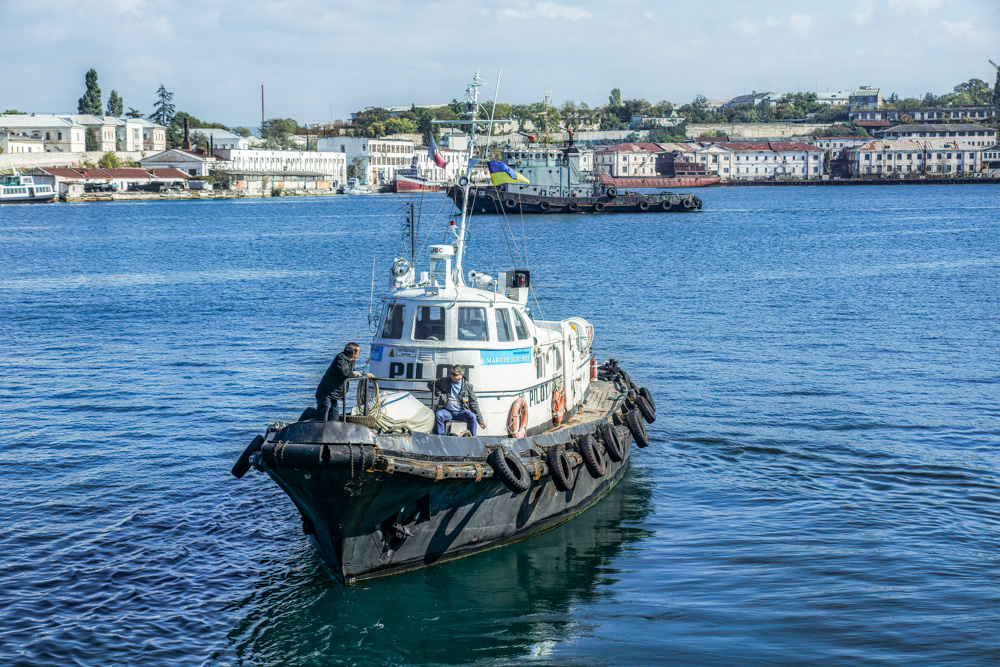Sevastopol
When we visited Sevastopol in October of 2013 it was in Ukraine. It has been occupied by Russia since February 27, 2014, before Russia annexed Crimea on 18 March 18, 2014. Sevastopol is the largest city in Crimea and a major port on the Black Sea. Before Russia occupied Crimea in 2014, Russia leased the port from Ukraine. Russia considers the port important even though they have other Black Sea ports, including Novorossiysk which is open for navigation year round. This post will (mostly) be about what we saw in October 2013.
Our first bus trip from the port of Sevastopol was to the National Preserve of Tauric Chersonesos and St. Vladimir Cathedral.
Yes, I take photographs from the bus. They often aren’t usable to share, but they remind me of what we saw with our eyes… Below is our tour guide on our bus in Sevastopol and at right, view out the front of the bus.
Chersonesos is a well-preserved remains of a Dorian-style Greek city dating back to the 5th century B.C. This is an interesting statement about who might have lived here then:
“In Ancient Hellas, colonies were sometimes founded by vanquished people, who left their homes to escape subjection at the hand of a foreign enemy; sometimes as a sequel to civil disorders, when the losers in internecine battles left to form a new city elsewhere; sometimes to get rid of surplus population, and thereby to avoid internal convulsions; and sometimes as a result of ostracism. But in most cases the motivation was to establish and facilitate relations of trade with foreign countries and further the wealth of the Hellenic metropolis–mother country.”
In the left photo below we see a wedding party, which we almost always see in Russia and Ukraine at such locations. The photo at right shows the Greek amphitheatre.
St. Vladimir Cathedral overlooks the Chersonesos ruins.
Like most places in this area, the history of Chersonesos very complex. If you are interested, you can read about it in the references below. St. Vladimir’s Cathedral, designed in Byzantine style, was completed in 1892. The goal was to commemorate Prince Vladimir’s baptism in 988. Vladimir I (aka Vladimir the Great) became the ruler of Kievan Rus’ 978. He married Anna, the sister of Basil II of the Byzantine Empire in 988 and in that same year was baptised Christian. He then officially changed the state religion to Orthodox Christianity and destroyed pagan temples and icons.
The third photo below is Lenin overlooking the harbor. This is a typical communist patriotic statue: heroic leader and hardworking proletariat. The red flag symbolizes the blood of the workers. The word red (krasni) used to be used for good, beautiful, or honorable.
After returning from Chersonesos we had time to spend in Sevastopol (or one could take an optional tour).
More in this series:
Blue Mosque and Hagia Sophia, Istanbul 2013
Shopping and dining in Istanbul, 2013
Topkapi Palace, Istanbul 2013
The Trees of Topkapi Palace, 2013
Bosporus Sightseeing Cruise, Istanbul 2013
Transfiguration Cathedral Seriously Damaged, Odesa, Ukraine
Derussification of Ukraine, 2014
More from around Odesa, Ukraine
Odesa, Ukraine
References:
Everyday Life after Annexation: The Autonomous Republic of Crimea
Sevastopol on Wikipedia
Annexation of Crimea by the Russian Federation
Port of Sevastopol
Obelisk to the Hero-city of Sevastopol
Museum in Chersonesos
Chersonesus in Wikipedia
Saint Vladimir Cathedral
